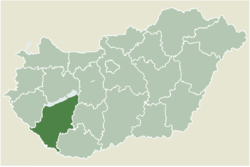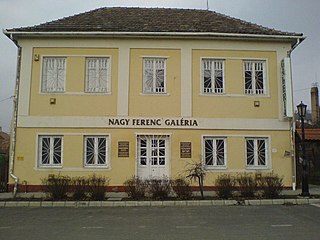
Tab is a town in Somogy County, Hungary, and the seat of Tab District. It is situated approximately 175 km South West of Budapest and 22 km from Lake Balaton.

Barcs is a border town in Somogy County, Hungary, and the seat of Barcs District. The Drava River marks the southern boundary of the settlement.

Csurgó is a town in Somogy County, Hungary, and the seat of Csurgó District.

Tiszadob is a village in Szabolcs-Szatmár-Bereg county, in the Northern Great Plain region of eastern Hungary.
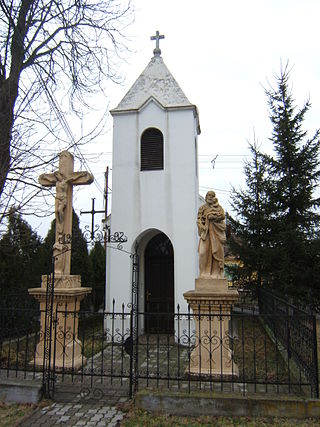
Nagyatád is a town in Somogy County, Hungary and the seat of Nagyatád District. Bodvica, Henész and Kivadár are parts of Nagyatád.

Berzence is a village in Somogy County, Hungary, where Somogy Slovenes still live. Lankócz, Atak, Vecsernye-puszta, Szenterzsébet, Keresztfai-puszta, Perdócz-major, Garics-puszta, György-major and Vadaskerti-major are all parts of Berzence.

Kapoly is a village in Somogy county, Hungary. Political leader János Kádár originates from the village, his childhood was spent in Kapoly.

Potony is a village in Somogy County, Hungary.

Pusztaszemes is a village in Somogy County, Hungary. It is known for being the birthplace of János Kádár's father, János Krezinger.

Somogysimonyi is a village in Somogy County, Hungary. It incorporates the earlier separated villages of Gardos-puszta, Irma-puszta and Angyalvár-telep.
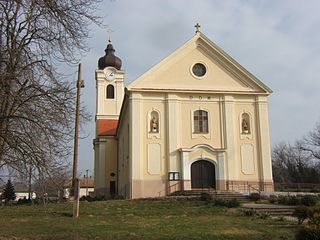
Babócsa is a village in Somogy County, Hungary.

Somogyszentpál is a village in Somogy County, Hungary.

Bálványos is a village in Somogy County, Hungary.

Szulok is a village in Somogy county, Hungary.

Kára is a village in Somogy county, Hungary.

Somogyvár is a village in Somogy County, Hungary.

Nágocs is a village in Somogy County, Hungary. Jutom-puszta, Csillag-puszta, Tomé-puszta and Kovászna are all parts of Nágocs.

Szentborbás is the southernmost village of Somogy county, Hungary. Krancsevicza-puszta is part of the village.

Kőröshegy is a village directly south of Balatonföldvár in Siófok District, Somogy County, Hungary.
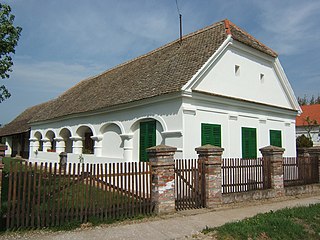
Patapoklosi is a village in Szigetvár district, in Baranya county, Hungary.
